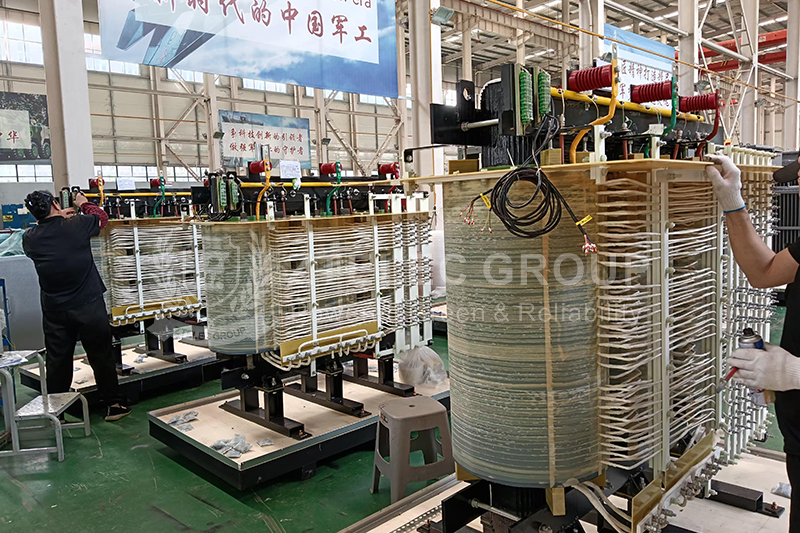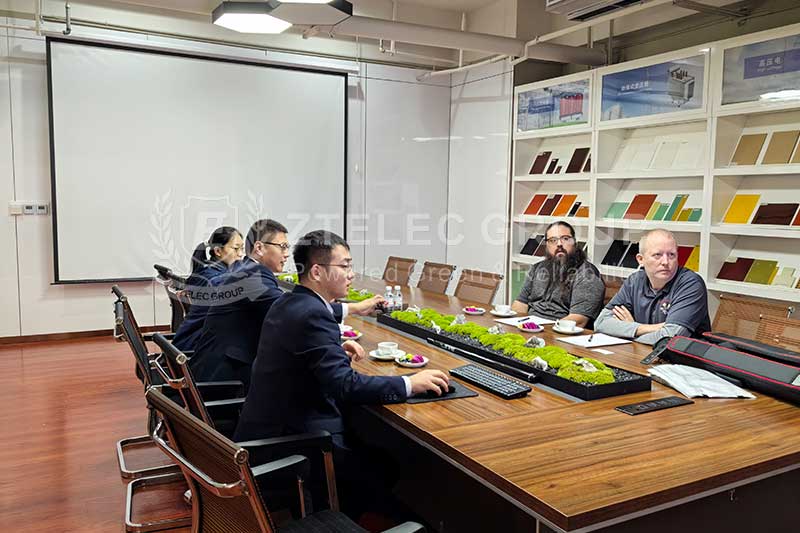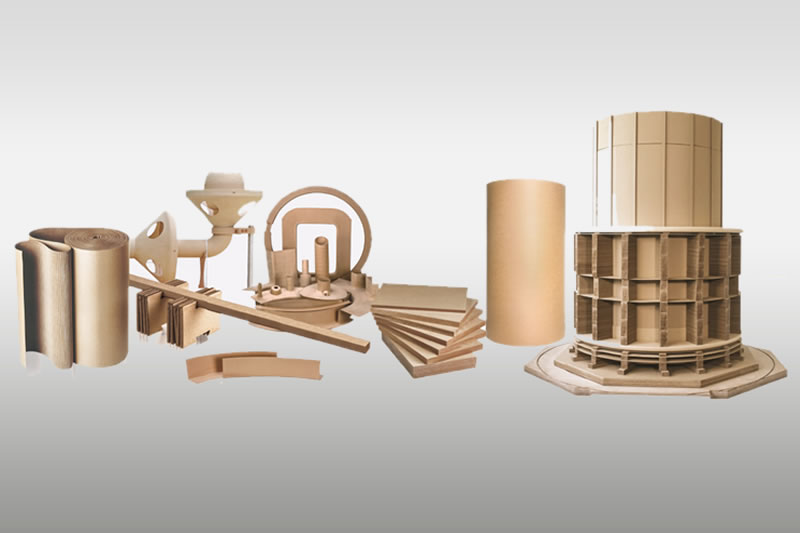What is Phenolic Cotton Rod Used for?
Phenolic cotton rods are materials made by combining phenolic resin and cotton cloth through a special process. It combines the high temperature resistance and chemical corrosion resistance of phenolic resin with the flexibility and reinforcement advantages of cotton cloth, and has excellent comprehensive performance. This makes it widely used in many industries and becomes an extremely important and indispensable material.
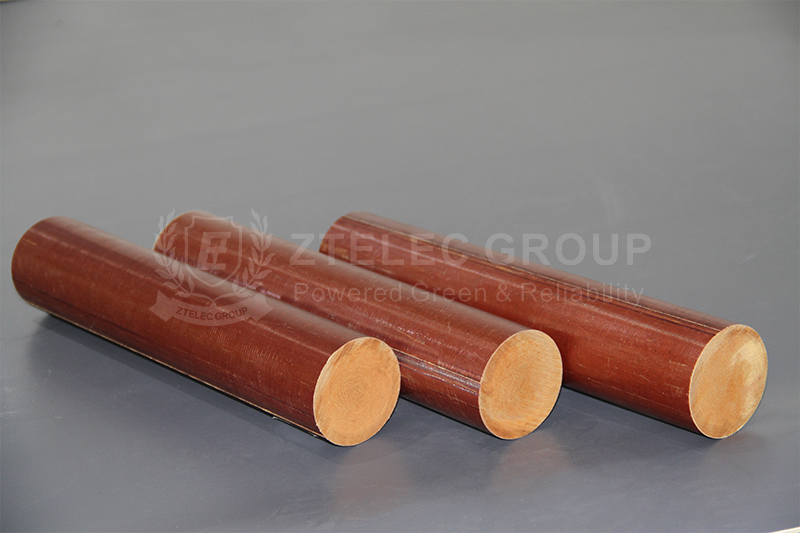
Phenolic cotton cloth rods have the following main characteristics:
·Insulation performance: It has excellent insulation performance. And it is suitable for electrical components with insulation requirements.
·High temperature resistance: It can remain stable in high temperature environment, with heat resistance grade of E.
·No static electricity: No static electricity is generated during use. It is suitable for occasions where anti-static electricity is required.
·Wear resistance: It has good wear resistance. And it is suitable for frequently used parts.
·High mechanical strength: It has high bending strength and compression strength. It is suitable for high-load application scenarios.
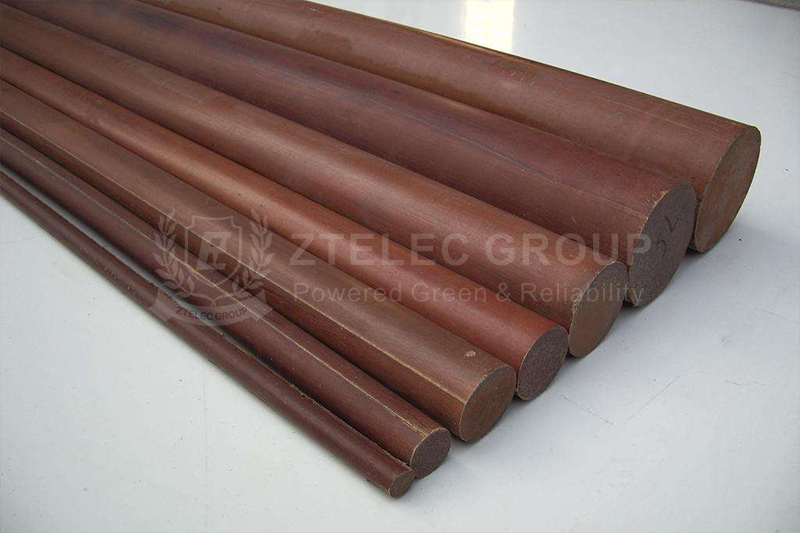
What are the uses of phenolic cotton rods?
Application in the field of electrical insulation
In the electrical and electronic industry, phenolic cotton cloth rods are widely used as insulation materials and structural components due to their excellent insulation properties and mechanical strength. As an insulation material, it is often used to manufacture key components such as transformer skeletons, switch bases, and relay brackets. These applications require not only high insulation resistance and arc resistance, but also sufficient mechanical strength to support electrical components. Phenolic cotton cloth rods just meet these requirements perfectly, effectively ensuring the safe and reliable operation of electrical equipment.
For high-voltage electrical equipment, phenolic cotton cloth rods are often processed into various insulating supports and partitions. In such applications, the material must not only withstand high voltages, but also withstand the erosion of corona and partial discharge. The arc resistance and anti-tracking properties of phenolic cotton rods make it an ideal choice for such harsh environments. For example, in high-voltage switchgear, phenolic cotton cloth insulation parts can effectively prevent phase-to-phase short circuits and surface flashovers.
Fixing and insulating electronic components
In the electronics industry, phenolic cotton cloth rods are used to fix and insulate electronic components. On printed circuit boards, it can serve as a support and insulating base for components, ensuring electrical isolation between electronic components and avoiding signal interference and short circuits. At the same time, the heat resistance of phenolic cotton cloth rods can also meet the requirements of insulation performance for the heat generated by electronic components when they are working.
Structural support for mechanical equipment
In some large mechanical equipment, phenolic cotton cloth rods can be used for structural support of equipment. It can be used as a connector or support rod to enhance the overall stability of the equipment. For example, in a wind turbine, phenolic cotton cloth rods can be used to support part of the blade structure, withstand the force and vibration generated during the rotation of the blade, and ensure the normal operation of the wind turbine.
As a classic composite material, phenolic cotton rod continues to play a key role in modern industry with its unique combination of properties. Its applications cover almost all industrial fields, from mechanical manufacturing to electrical electronics. With the development of materials science, the performance of phenolic cotton cloth rod will be further improved through fiber modification, resin formula optimization and manufacturing process improvement, and its application range will continue to expand.
- more+releated article
- 2025-12-13How to Select and Use Phenolic Cloth-base Lami
- 2025-12-13How Much Does Bakelite Sheet Cost? 2025 Price
- 2025-12-13Why are most 3240 epoxy boards yellow?
- 2025-12-13What are the Main Applications of FR4 Epoxy Bo
- 2025-12-13Why Does the Price of Insulating Paperboard Va
- 2025-12-13Heat-Resistant DDP Insulation Paper
- 2025-12-13Comparison of Heat-Resistant DDP Insulating Pa
- 2025-12-13G10 and FR4 Epoxy Boards: Commonly Used for Ge
- 2025-12-13The Price of Heat-Resistant DDP Insulation Pap
- 2025-12-13How to Choose Epoxy Laminate Materials for Gen

